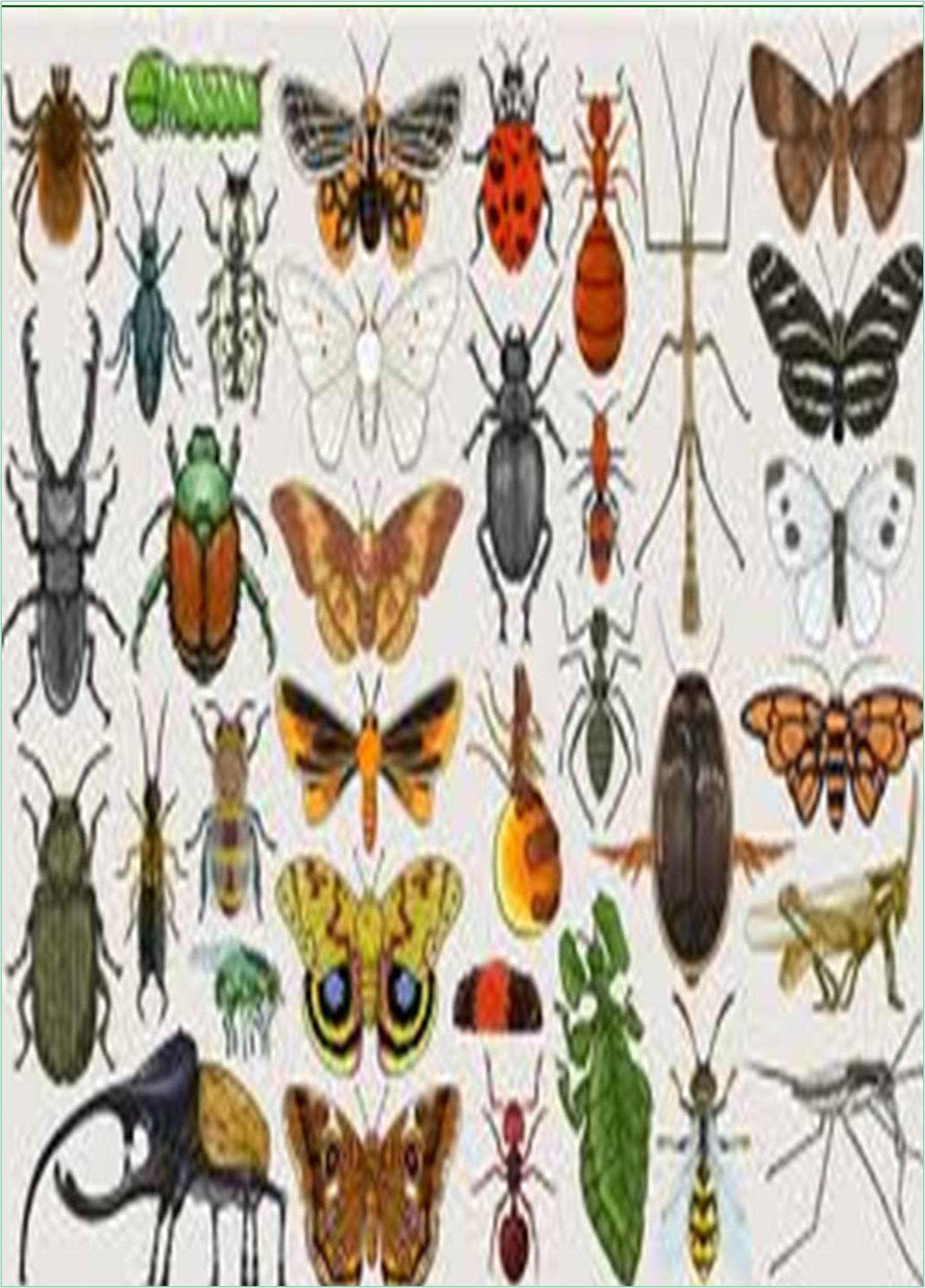



Received: 15-Nov-2022, Manuscript No. IJER-23-84527; Editor assigned: 18-Nov-2022, Pre QC No. IJER-23-84527 (PQ); Reviewed: 02-Dec-2022, QC No. IJER-23-84527; Revised: 08-Dec-2022, Manuscript No. IJER-23-84527 (R); Published: 16-Dec-2022, DOI: 10.15651/IJER.22.9.014
Soil arthropods are crucial to the cycle of nutrients, soil fauna have been the subject of increasing research. However, the forest-steppe ecotone in the hilly region of northern Hebei lacks knowledge on soil arthropods, making it challenging to address the requirement for biodiversity protection in this region. In order to learn more about how changes in mountain soil fertility may influence the emergence of soil arthropod communities in mountain ecotones, soil arthropod populations in the forest-steppe ecotone in northern Hebei province were studied. Following a preliminary identification, 7994 distinct soil arthropods belonging to 25 groups, 6 classes, and 24 orders were collected. The three main groups in the ecotone were the acarinak, hymenoptera, and collembolan. Since there were more acarina than collembolan, this event stood out from other places in the same climate zone.
Because of the Forest zone's greater vegetation, higher arthropod richness, and deeper litter depth, it is possible to interpret the increasing abundance of rare groups as a response to the favourable soil environment and food source. These unusual groupings were also susceptible to environmental changes, making them potential biotic markers for assessing soil quality. According to the examination of community diversity, the abundance index (d), Shannon-Wiener index (H′), evenness index (J), and density-group index (DG) were all significantly greater in the forest zone, lowest in the zone of meadow-steppe, and lowest in the forest-steppe zone. In this ecotone, changes in the average air temperature and precipitation were associated with changes in the community composition over the seasons.
The middle of the rainy season saw more groups and individuals of the soil arthropod populations in the three zones than the early or late parts of the entire rainy season. The state of the habitat also had an impact on seasonal changes in the soil arthropod communities from various plots. The global human population is gravely concerned about the destruction of wetlands brought on by climate change. The concomitant consequences of warming and water level decline on the subterranean wetland ecosystems are not well understood. To test these synergistic effects, we ran a 5-month field experiment in the Sanjiang Plain using open-top chambers and water level automatic control devices. The top soil layers (0–20 cm) were tested for soil springtails (Collembolan) and mites (Acari) in order to determine their diversity, density, and to check for indicator species. The total density and quantity of soil springtail communities were slightly increased under the natural water level and decreased under a constant water level as a result of warming, which had a substantial impact on these communities. Additionally, the densities of two markers of natural water level, Anurida maritima and Vertagopus laricis, were highest after the warming and natural water level treatments and under the natural water level treatment alone, respectively. The largest densities in warming under the 0 cm water level were found in Cheiroseius sinicus and Malaconothrus tardus, much greater than in the other three treatments. This work also provided a theoretical foundation for water level control in wetland restoration by highlighting the significance of preserving variable water levels for micro arthropod groups affected by global warming.
The development of biotic communities and the stages of ecological succession are marked by the genesis and accumulation of soils. A number of biotic, chemical, and physical processes go into the development of soil, also known as paedogenesis. Parent material, terrain, climate, biota, and time are five fundamental variables that combine to produce the characteristics of soils.
In the process of primary succession, the rocky parent material is physically weathered to produce fissures and cracks as well as finer particle matter. Following the first colonisation of the substrate by pioneer species such lichens, mosses, and liverworts, the rock is further eroded and detritus and organic compounds produced by photosynthesis and nitrogen fixation are incorporated. They do this by stabilising and regulating the microenvironment, which helps later colonisers succeed and finally leads to the development of higher plants and invertebrate creatures. With the addition of metabolic wastes and other by-products (plant litter, root exudates, excrement), as well as the organisms' remains combined with the weathered mineral components, soil structure develops through time, which may include hundreds or thousands of years, and nutrient availability rises. In a stable state, where nutrient cycles are closed or almost closed, the accumulation of organic matter is counterbalanced by its breakdown. A developed soil may be tens of metres thick, as defined by the depths at which biological influences are noticed.
Thus, natural soils have a mixture of elements with both classic and biological origins. They also include a sizeable amount of living organisms; in fact, considering the enormous diversity of species found in soil and the biomass they represent, high-quality soil may be thought of as largely living itself. The essential function of earthworms in the soil system has received a lot of attention throughout history, and the activities of these creatures have played a significant role in popular culture. However, the arthropods also play a significant role in this environment due to their quantity, diversity, and the range of niches they occupy.